How to Paint a Realistic Landscape with Encaustic Wax
Encaustic wax painting is a unique and beautiful art form that has been used for centuries. It involves melting wax, usually beeswax, and combining it with pigment to create a painting. The result is a textured and layered work of art that has a unique depth and luminosity.
If you’re interested in painting a realistic landscape with encaustic wax, there are a few things you need to know. First and foremost, encaustic wax painting requires a certain level of skill and experience. This is because the wax needs to be melted and applied quickly, before it cools and hardens.
Materials Needed
To get started with encaustic wax painting, you’ll need a few materials, including:
- Encaustic wax
- Pigment
- Paintbrushes
- Heat gun or torch
- Wood panel or canvas
Once you have your materials, it’s time to get started on your painting. Here are some tips to help you create a realistic landscape with encaustic wax:
Tip #1: Start with a Sketch
Before you start painting, it’s a good idea to sketch out your landscape. This will help you plan out the composition and make sure everything is in the right place.
Tip #2: Build Up Layers
Encaustic wax painting involves building up layers of wax and pigment. Start with a base layer of wax, and then add layers of color and texture. Use a heat gun or torch to melt and blend the layers together.
Tip #3: Experiment with Texture
Encaustic wax painting is known for its unique texture. Experiment with different tools and techniques to create texture in your painting. You can use a variety of tools, from paintbrushes to palette knives to create different effects.
With these tips in mind, you can create a beautiful and realistic landscape with encaustic wax. Remember to be patient and experiment with different techniques to find what works best for you.
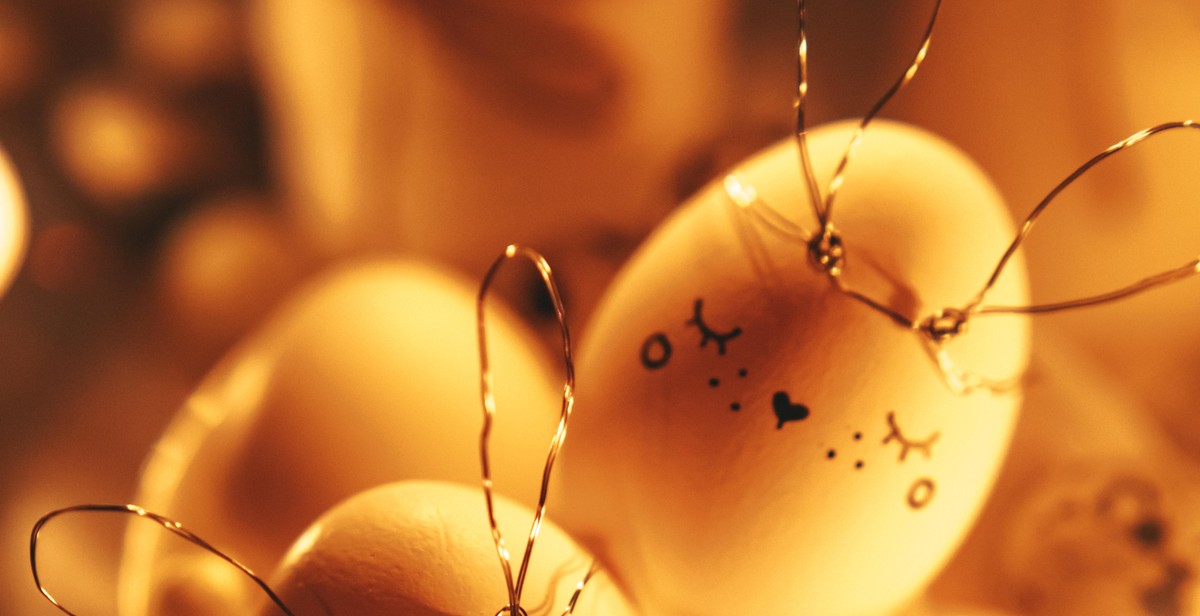
What is Encaustic Wax Painting?
Encaustic wax painting is a unique medium that involves heating beeswax and damar resin together and applying the mixture to a surface. The term “encaustic” comes from the Greek word “enkaustikos,” which means “to burn in.” This method of painting dates back to ancient Egypt, where it was used to create portraits and funeral masks. Encaustic wax painting was also popular in ancient Greece, where it was used to decorate ships and temples.
History of Encaustic Wax Painting
Encaustic wax painting was used extensively in the ancient world, but it fell out of favor during the Renaissance. It wasn’t until the 20th century that encaustic wax painting began to regain popularity. Artists like Jasper Johns and Robert Rauschenberg helped to bring the medium back into the mainstream. Today, encaustic wax painting is widely used by artists around the world.
Why Choose Encaustic Wax Painting?
Encaustic wax painting offers a range of benefits that make it an attractive medium for artists. One of the main advantages of encaustic wax painting is that it allows for a great deal of versatility. The wax can be manipulated in a variety of ways, allowing artists to create a range of textures and effects. Encaustic wax painting is also very durable, and it can last for centuries if properly cared for. Additionally, the vibrant colors and translucency of encaustic wax painting give it a unique visual appeal.
If you’re looking for a medium that offers a great deal of flexibility and allows for experimentation, encaustic wax painting may be the perfect choice for you. With encaustic wax painting, you can create rich, textured works of art that are sure to capture the attention of viewers.

Materials Needed for Painting a Realistic Landscape with Encaustic Wax
Encaustic wax is a unique medium that requires specific materials to achieve a realistic landscape painting. Here are the materials you will need:
Encaustic Wax
The most important material for encaustic painting is the encaustic wax itself. You can purchase encaustic wax in blocks or pellets, and it comes in a wide range of colors. Be sure to choose high-quality wax for the best results.
Painting Surface
You will need a sturdy and heat-resistant surface to paint on, such as a wood panel or a cradled board. It is important to prepare the surface properly before painting to ensure the wax adheres properly.
Heat Source and Tools
Encaustic wax requires heat to melt and apply to the painting surface. You will need a heat source, such as a hot plate or a heat gun, as well as tools like brushes, palette knives, and stylus tools for applying and manipulating the wax.
Other Materials
Other materials you may need include:
- Masking tape or painter’s tape to create clean edges
- Oil paints or oil sticks for adding color and texture
- Paper towels or rags for cleaning tools and wiping excess wax
- Apron or protective clothing to avoid getting wax on your clothes
| Materials | Recommended Brands |
|---|---|
| Encaustic Wax | R&F Handmade Paints, Enkaustikos, and Wax Works |
| Painting Surface | Baltic birch plywood, Ampersand Encausticbord, and cradled birch panels |
| Heat Source and Tools | Hot Tools Professional Heat Gun, Encaustic Art Stylus Pro, and Royal & Langnickel Encaustic Brush Set |
| Other Materials | 3M ScotchBlue Painter’s Tape, Gamblin Oil Paints, and Viva Choose-A-Sheet Paper Towels |
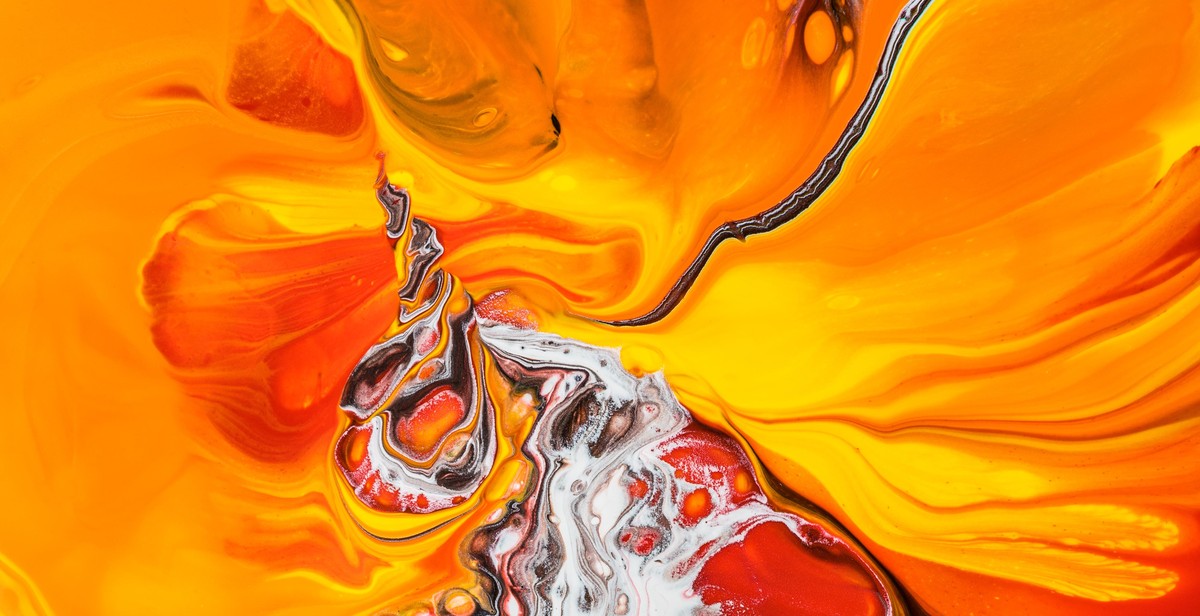
Preparing the Painting Surface
Choosing the Surface
Choosing the right surface for your encaustic wax painting is crucial for achieving a realistic landscape. The surface needs to be able to withstand the heat of the wax and provide enough texture to hold the wax in place. Here are some options:
- Wood panel: Birch or maple panels are great options for encaustic painting. They are sturdy and provide a smooth surface for the wax.
- Metal: Aluminum or copper can also be used as a painting surface. They are durable and can add a unique texture to your painting.
- Canvas: If you prefer to use canvas, make sure it is properly primed with a few coats of gesso to prevent the wax from soaking into the fabric.
Preparing the Surface
Before you start painting, you need to prepare the surface to ensure the wax adheres properly and the painting lasts for a long time. Follow these steps:
- Clean the surface with a damp cloth to remove any dust or debris.
- Apply a layer of clear encaustic gesso to the surface using a brush or roller. This will create a barrier between the wax and the surface, preventing the wax from seeping into the material and causing damage.
- Let the gesso dry completely before starting to paint.
- If you are using a wood panel, you may want to add some texture to the surface by sanding it lightly or using a carving tool to create grooves or lines.
|
Cleaning the surface |
Applying gesso |
Texturing the surface |
By choosing the right surface and preparing it properly, you can ensure that your encaustic wax painting will have a strong foundation and will stand the test of time.
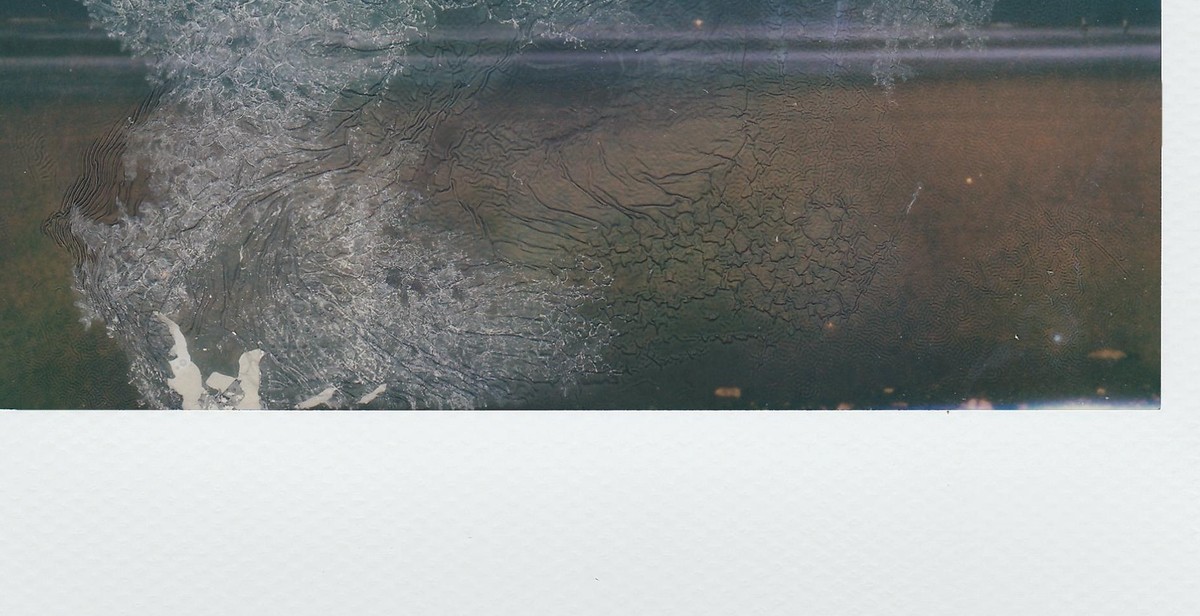
Creating the Landscape
Creating a realistic landscape with encaustic wax involves several steps, from sketching the initial idea to building up layers of wax and adding details and texture. Here’s a step-by-step guide:
Sketching the Landscape
The first step is to sketch out your landscape on paper. This will help you to plan your composition and decide on the placement of elements such as trees, rocks, and water. You can also experiment with different color schemes and textures.
Building the Layers
Once you have your sketch, it’s time to start building up layers of wax on your panel or canvas. Begin by melting a small amount of wax onto the surface and spreading it evenly with a brush or heat gun. Keep adding layers of wax until you have built up the desired depth and texture.
Remember to fuse each layer with a heat gun or torch to ensure that the wax adheres properly and doesn’t crack or peel over time.
Adding Details and Texture
Once you have built up the basic layers of your landscape, it’s time to start adding details and texture. You can use a variety of tools and techniques to create different effects, such as scraping, carving, and incising.
Experiment with different colors and textures to create depth and dimension in your landscape. You can also add elements such as foliage, rocks, and water using a combination of wax and other materials.
Remember to fuse each layer as you go to ensure that the wax adheres properly and doesn’t crack or peel over time.
Table of Contents
- Sketching the Landscape
- Building the Layers
- Adding Details and Texture
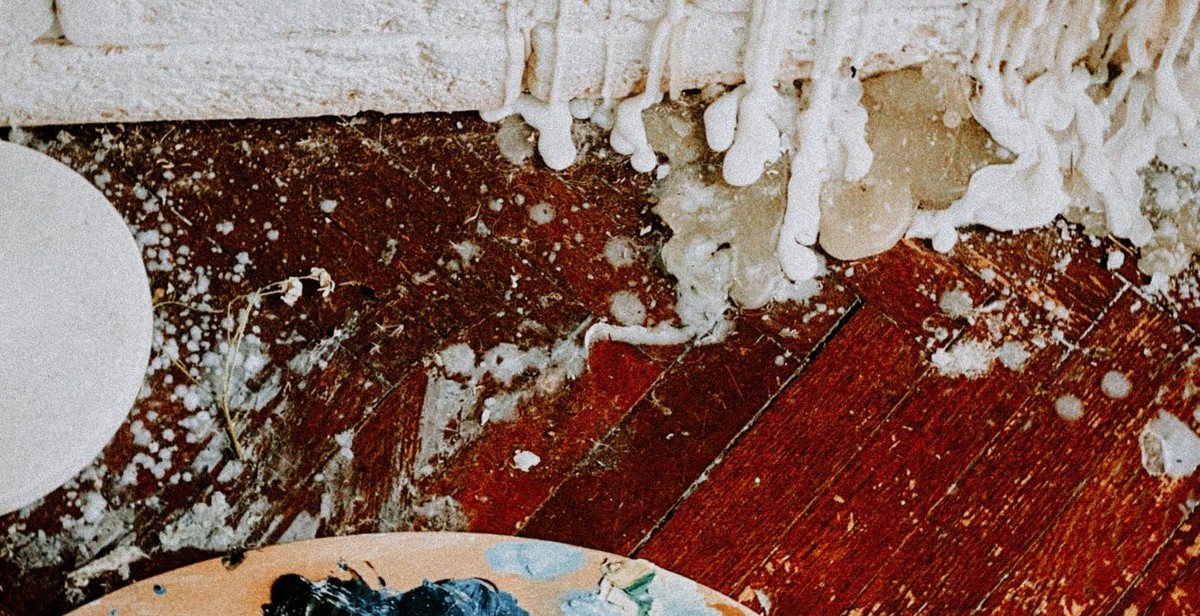
Sealing the Painting
Sealing the painting is an important step in the encaustic wax painting process. It helps to protect the painting from dust, dirt, and moisture, and also enhances the colors and texture of the painting. Here are the steps to seal your encaustic wax painting:
- Clean the surface of the painting with a soft cloth to remove any dust or debris.
- Apply a thin layer of encaustic medium over the entire surface of the painting using a soft-bristled brush.
- Use a heat gun or a torch to melt the medium and spread it evenly over the surface of the painting.
- Let the painting cool and harden for at least 24 hours.
- Repeat the process of applying the encaustic medium and melting it until you get the desired level of shine and protection.
Finishing the Painting
Finishing the painting involves adding the final touches to your encaustic wax painting to make it look more professional and polished. Here are some tips to help you finish your painting:
- Trim the edges of the painting with a sharp knife or scissors to give it a clean and neat look.
- Add a hanging wire or hook to the back of the painting so that it can be easily hung on a wall.
- Sign your painting and add the title and date to the back of the painting.
- Take photographs of your painting from different angles and in different lighting conditions to showcase its beauty and texture.
- Frame your painting to protect it from dust, dirt, and moisture, and to enhance its beauty.
| Do | Don’t |
|---|---|
| Use a soft-bristled brush to apply the encaustic medium. | Use a hard-bristled brush or a roller to apply the encaustic medium. |
| Use a heat gun or a torch to melt the medium and spread it evenly over the surface of the painting. | Use a hair dryer or a fan to dry the medium, as it will not melt the medium and spread it evenly. |
| Trim the edges of the painting with a sharp knife or scissors to give it a clean and neat look. | Trim the edges of the painting with a dull or blunt knife or scissors, as it will damage the painting. |
| Sign your painting and add the title and date to the back of the painting. | Forget to sign your painting or add the title and date to the back of the painting. |
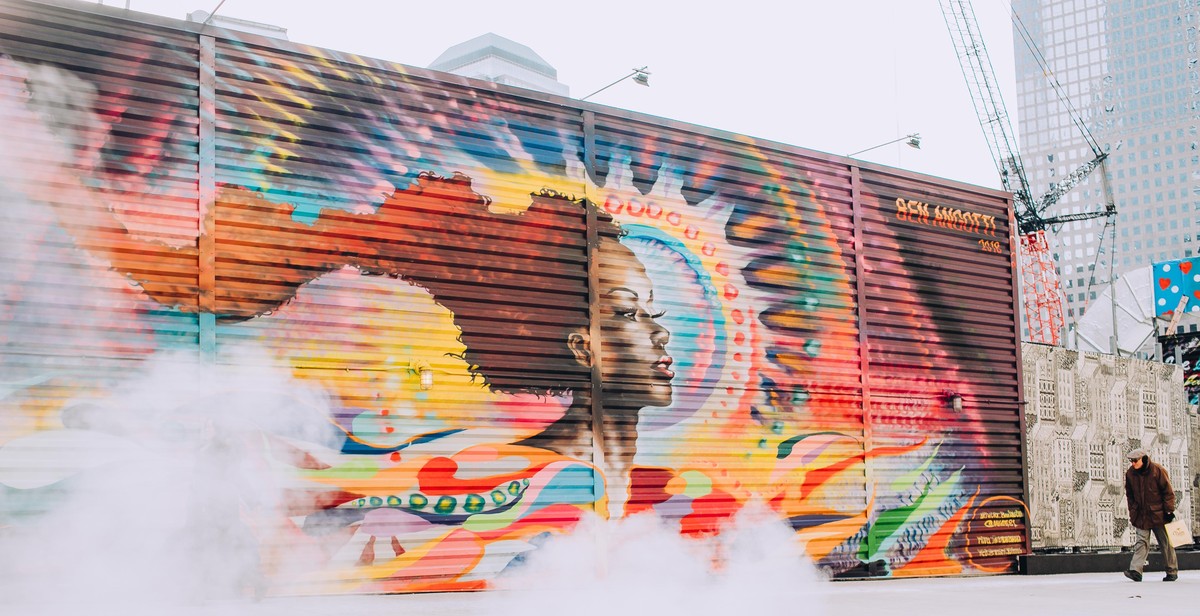
Conclusion
Encaustic wax painting is an exciting and unique medium that allows artists to create stunning landscapes with depth and texture. By following the steps outlined in this article, you can create your own realistic landscape with encaustic wax.
Remember to start with a solid plan and sketch, as this will help guide your painting and ensure that you achieve the desired outcome. Additionally, be sure to experiment with different tools and techniques to create different effects and textures.
When working with encaustic wax, it’s important to remember that the wax can be unpredictable and difficult to control at times. However, with practice and patience, you can master this medium and create beautiful landscapes that are truly unique.
Finally, don’t be afraid to step outside of your comfort zone and try new things. Encaustic wax painting is a versatile medium that allows for endless possibilities, so have fun and let your creativity take the lead!
Additional Tips
- Experiment with layering different colors and textures to create depth and interest in your landscape.
- Use a heat gun or torch to melt the wax and create interesting textures and patterns.
- Consider incorporating mixed media elements, such as collage or found objects, into your encaustic wax painting for added interest and dimension.
- Be sure to properly ventilate your workspace when working with encaustic wax, as the fumes can be harmful.
Resources
For more information and inspiration on encaustic wax painting, check out the following resources:
